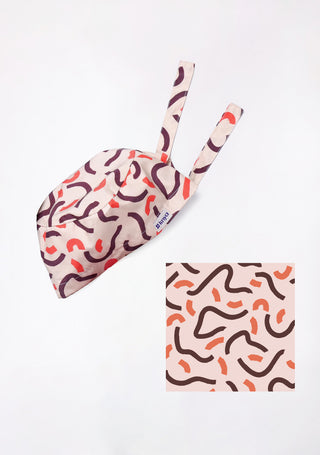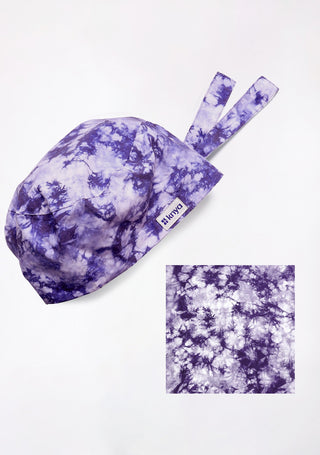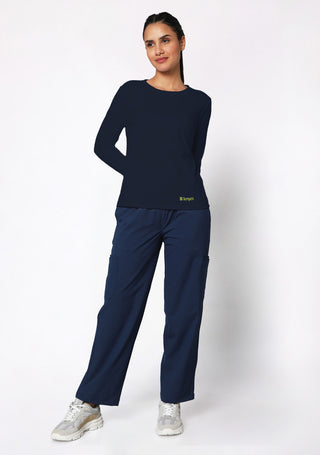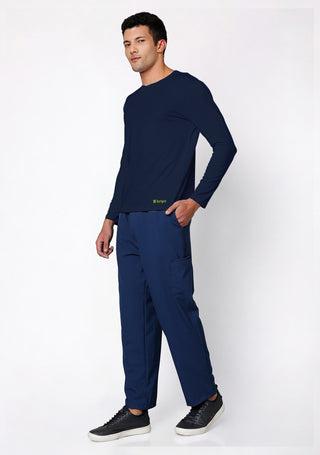Embarking on the journey of medical school is an exciting yet challenging experience. One of the most significant milestones for first-year medical students is their introduction to human anatomy through dissections. This hands-on learning experience allows students to understand the intricacies of the human body in a way that textbooks simply cannot replicate. To make the most out of these sessions, it is essential to have a well-equipped dissection kit.
Essential Tools in a Dissection Kit
Scalpel Handle and Blades
A scalpel is the most fundamental tool in a dissection kit, designed for making precise incisions in tissues. It consists of two main parts:
-
Scalpel Handle: The handle is reusable and designed to hold interchangeable blades. The most commonly used handle for medical dissections is the No. 3 handle.
-
Scalpel Blades: The most frequently used scalpel blades are No. 10, 11, and 15. Each has a unique shape that serves different purposes:
-
No. 10 Blade: Used for making large incisions.
-
No. 11 Blade: Ideal for puncturing and making fine cuts.
- No. 15 Blade: Used for making small, delicate incisions.
Dissecting Scissors
Scissors are indispensable tools in a dissection kit, primarily used for cutting through soft tissues, fascia, and small vessels. There are different types of scissors:
-
Sharp-Blunt Scissors: One end is sharp while the other is blunt, allowing both cutting and blunt dissection.
-
Iris Scissors: Small, delicate scissors used for intricate dissection.
- Mayo Scissors: Used for cutting thicker tissues.
Forceps (Tissue and Dressing)
Forceps help in grasping, holding, and manipulating tissues during dissection. There are two main types:
-
Tissue Forceps: Equipped with small teeth, tissue forceps (such as Adson forceps) allow a firm grip on tissues without excessive crushing.
- Dressing Forceps: These have serrated tips and are used for handling non-living materials like gauze or removing foreign bodies.
Browse best Scrubs Collection
Dissecting Needles
Dissecting needles are thin, pointed instruments used for separating and manipulating tissues. They come in two types:
-
Straight Needles: Used for teasing apart tissues in a straight path.
- Curved Needles: Ideal for following curved anatomical structures.
Probe
A probe is a slender tool with a rounded tip used to explore cavities, track anatomical pathways, and separate tissues gently. It helps minimize damage to delicate structures.
Bone Cutter
For deeper anatomical dissections, a bone cutter is needed to cut through harder tissues such as bones and cartilage. It is used when students need to access deeper structures within cadaveric specimens.
Ruler and Measuring Scale
Accurate measurements are crucial in anatomical studies, making a small metric ruler a necessary addition to the dissection kit. It helps students gauge the size of structures and document their findings accurately.
Supportive Accessories for a Dissection Kit
Dissection Tray and Wax Pad
A dissection tray is an essential component that provides a stable platform for dissection. It is often lined with a wax pad or rubber to allow pinning down of specimens, which helps in better visualization of structures.
Pins and Clips
Dissecting pins and clips are useful for securing tissues in place during dissection. This prevents unnecessary movement and allows for detailed observations.
Gloves
Personal protection is a priority in anatomy labs, where students handle biological specimens. Disposable latex or nitrile gloves provide protection from contaminants and formalin exposure.
Face Mask and Eye Protection
Formalin, used for preserving specimens, emits strong fumes that can cause irritation. Wearing a face mask helps in reducing inhalation of these fumes, while protective eyewear shields the eyes from splashes.
Lab Coat
A lab coat is a mandatory protective garment in medical labs. It keeps clothing clean and provides an extra layer of protection from biological specimens and chemicals.
Scalpel Blade Remover
Since scalpel blades are extremely sharp, removing them safely is crucial. A scalpel blade remover minimizes the risk of accidental cuts while handling used blades.
Hand Sanitizer and Disinfectant Wipes
Maintaining hygiene is essential in anatomy labs. A small bottle of hand sanitizer and disinfectant wipes helps in cleaning hands and tools after dissection.
How to Maintain and Care for Your Dissection Kit?
To ensure longevity and hygiene of the tools in your dissection kit, follow these maintenance tips:
-
Clean Instruments After Each Use – Wash tools with soap and water to remove biological residues.
-
Disinfect Properly – Use alcohol wipes or disinfectant solutions to sterilize instruments before and after use.
-
Sharpen Scalpels and Scissors – Ensure cutting instruments remain sharp for precise dissection.
-
Store Tools in a Secure Case – Keeping tools in a designated case prevents loss and damage.
- Replace Disposable Items – Change scalpel blades, gloves, and masks regularly to maintain hygiene and efficiency.
Shop the Best Lab Coats from Here!
Tips for First-Year Medical Students Using a Dissection Kit
-
Familiarize Yourself with Tools Before Dissecting – Understanding the function of each tool will make dissections more effective.
-
Follow Safety Guidelines – Always wear protective gear and handle sharp instruments carefully.
-
Work in an Organized Manner – Keeping tools neatly arranged in the tray minimizes confusion.
- Use Gentle Dissection Techniques – Avoid excessive force to prevent damaging structures.
- Ask for Guidance – If uncertain about a technique, seek help from instructors or senior students.












